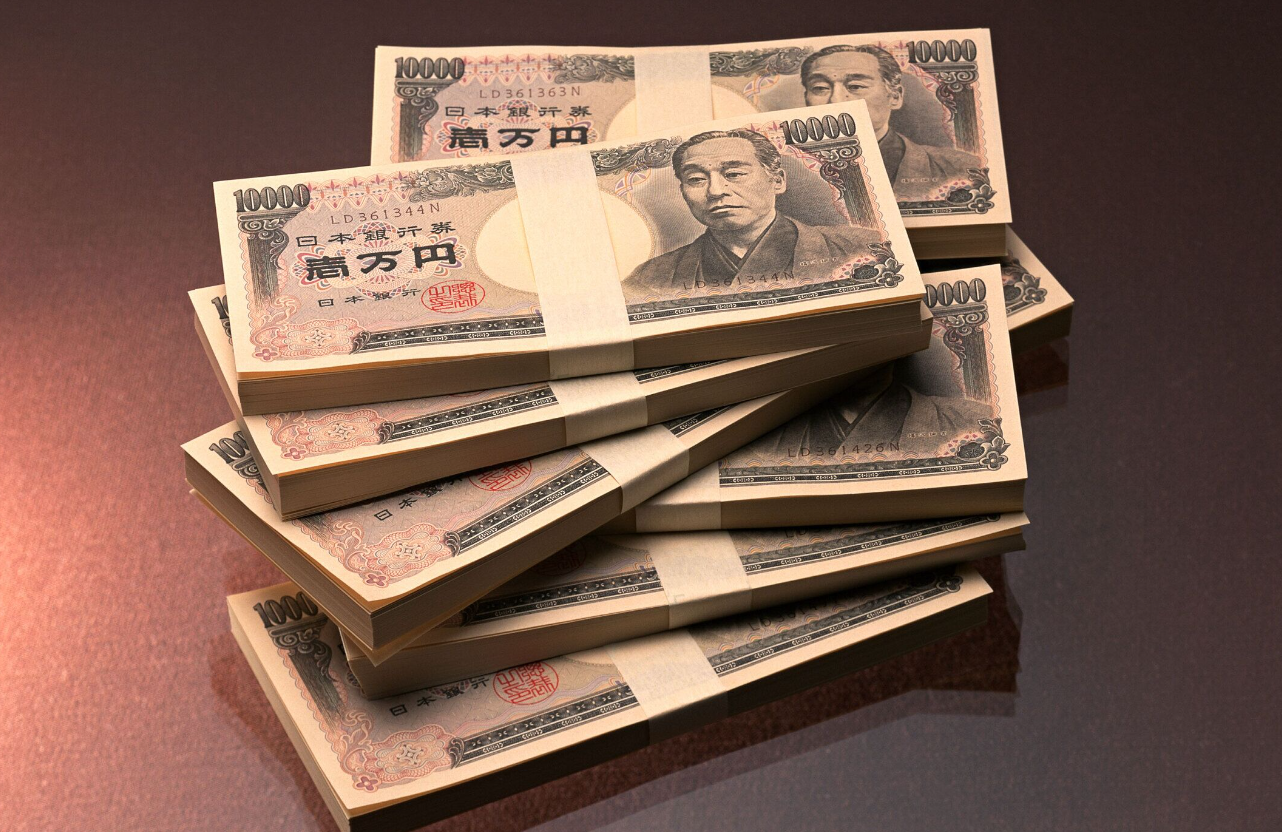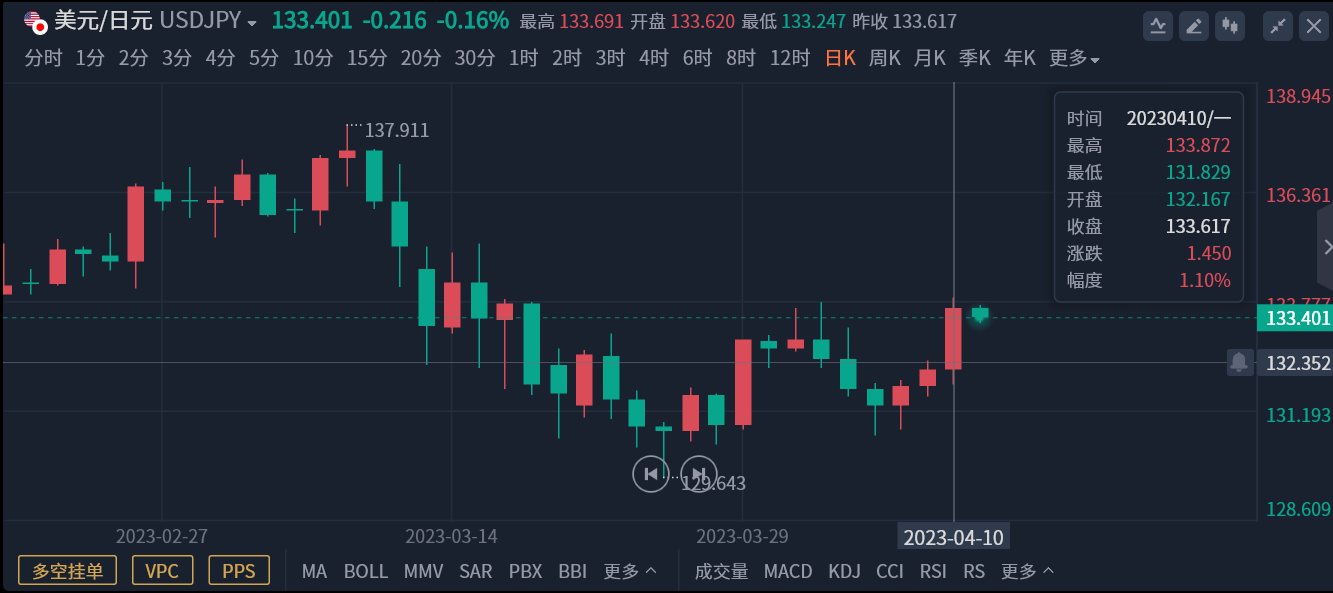The new head of the Bank of Japan, Ueda and Nao, officially took office to continue the previous easing policy.
On the morning of April 10, Ueda and Male arrived at the central bank headquarters and officially took office.。At his inaugural press conference, Kazuo Ueda said it was appropriate to maintain the existing yield curve control policy given the current economic, price and financial conditions。
On April 9, Kazuo Ueda officially took over from Haruhiko Kuroda as governor of the Bank of Japan for a five-year term.。
From Stanley Fisher, the behind-the-scenes promoter of Japan's zero interest rate policy.
As a well-known academic economist, Kazuo Ueda graduated from the Department of Economics at the University of Tokyo and entered the Massachusetts Institute of Technology in 1976 to pursue a doctorate in economics.。At MIT, Ueda met Stanley Fischer, a mentor who had an important influence on his economic thinking, who was hailed as a theoretical pillar of central banking.。
Fisher was one of the founders of New Keynesian economics.。New Keynesianism focuses more on the synergy between fiscal and monetary policy than Keynesianism。In their economic theoretical framework, policy intervention is very important。This school of thought focuses on "real-world economics" and advocates expansionary policies to stimulate the economy during recessions and austerity policies to curb inflation during booms.。
Influenced by his mentor, it is difficult to define Ueda and Man as an absolute "dove" or an absolute "hawk," and in Ueda and Man's economic thought, perhaps a more appropriate definition of him is an "interventionist" who makes decisions on camera.。
In the 1990s, Japan's potential growth rate plummeted from 4 per cent to 1 per cent in 10 years, dragged down by the bursting of the bubble economy and an ageing population.。In order to address the problems of continued deflation and the deteriorating economic situation, in February 1999, the Bank of Japan decided to introduce a zero interest rate policy and made it clear in April of that year that it would "maintain the zero interest rate policy until deflationary pressures are removed."。
Behind the zero interest rate policy at this point, there is the shadow of Ueda and the man。At the time, he was a member of the Bank of Japan's Policy Committee and actively guided the landing of the policy by constantly expressing his policy intentions.。In addition, when then-central bank governor Yoshihiro Kushiro decided to tighten monetary policy in 2000, Kazuda voted against it, arguing that the Japanese economy was "at risk of a resurgence of deflation."。
Sure enough, two months later, dragged down by the U.S. tech bubble, Japan's economy is down again.。

Under the background of ultra-loose monetary policy, Ueda and male views are quite "hawkish" feeling.。
Today, Japan's economic environment has changed.。
Beginning in 2013, in order to reverse Japan's low inflation and economic growth rate, Japan embarked on a massive economic stimulus。Then-Prime Minister Abe argued that aggressive measures were needed to reverse the situation and bring inflation back to its target level of around 2 per cent。
As a result, Japan began to implement quantitative monetary easing policy QQE, and introduced negative interest rate policy and yield curve control policy YCC.。Under the YCC policy, the Bank of Japan, in addition to keeping short-term interest rates at -0.In addition to 1%, it also seeks to keep the 10-year Treasury yield around zero by buying Treasuries.。
Ten years later, the effect of loose monetary policy is clearly less than expected, inflation continues to languish, balance sheets have increased significantly, the yen has depreciated severely, and there are more and more voices questioning the YCC。
On December 20, 2022, the Bank of Japan announced an adjustment to the 10-year Treasury yield curve control target range: from ± 0.25% expanded to ± 0.5%。As soon as the news came out, there was speculation that the Bank of Japan might seek a path to normalize monetary policy and adjust YCC policy。
And Ueda and the man's point of view, at this time is also quite "hawkish" feeling.。
On July 6, 2022, Kazuo Ueda published an article in the "Economic Classroom" section of the Nihon Keizai Shimbun, saying that Japan was far from achieving a sustainable 2% inflation rate, while noting that the Bank of Japan should raise interest rates to avoid a weaker yen that would lead to economic deterioration.。
On the issue of negative interest rates, Kazuda also said in an article entitled "Adoption of Negative Interest Rate Policy and Its Pros and Cons" that one of the benefits of negative interest rates is that medium- and long-term market interest rates are much lower than most people expect.。However, it has also been argued that negative interest rates do more harm than good, as evidenced by the further negative impact of the policy on the profits of domestic financial institutions。
In response to the gradual pressure of continued monetary easing, Kazuo Ueda also said he "has felt the pain of inflation."。Earlier, he testified in Congress that when he bought lunch boxes from convenience stores for lunch every day, he had noticed that the price of lunch boxes had risen from around 450 yen in the past to more than 500 yen in a year.。
But he also said at the hearing that the Bank of Japan should continue to maintain loose monetary policy for a period of time, as the 2% inflation stability target is still not met.。

Official fulfillment of central bank governor Kazuo Ueda said to continue the easing policy, the yen weakened in the day.
On the morning of April 10, Ueda and Male arrived at the central bank headquarters and officially took office.。
The market is looking forward to what kind of economic signals the utilitarian economist will reveal, and whether the Bank of Japan will make a major adjustment to its existing monetary policy.。
The market is more concerned about whether Japan's decade-long monetary easing door will be closed.?It turns out that the market is overthinking。
At his inaugural press conference, Kazuo Ueda said it was appropriate to maintain the existing yield curve control policy given the current economic, price and financial conditions。Ueda believes that the current monetary easing in Japan is very strong and will continue the easing of previous leaders。
He also said that the Japanese economy is not yet in a state where it needs to raise interest rates significantly, and that negative interest rate policy is the basis for current monetary easing, so it is appropriate to maintain negative interest rates for now。
Asked if he could meet the 2 per cent price stability target during his five-year term, Ueda said prices had shown positive signs, with underlying inflation rising slightly.。In addition, wages have also shown growth, which is likely to continue and lead to a stable and sustainable target of 2 per cent underlying inflation.。
But Ueda also believes that the 2 per cent inflation target is not easy to achieve and does not say exactly when it will be achieved.。
It is worth noting that Ueda did not rule out the possibility of adjusting monetary policy, he said, monetary policy alone is difficult to boost long-term economic growth, the Bank of Japan may re-examine the overall policy in the long term。
Some analysts have pointed out that Ueda's task is to achieve a soft landing for the massive stimulus package, not to further expand the massive stimulus, as the side effects of this measure have become increasingly apparent.。During the nomination confirmation process, Ueda showed an overall neutral monetary policy attitude towards the outside world, which is very different from his predecessor, Haruhiko Kuroda。
Japanese media and experts also generally believe that ultra-loose monetary policy in the absence of an effective response to deflation in the case of repeated delays, will likely become a stumbling block to Japan's economic growth。On the other hand, if the policy adjustment is too hasty, it may pose a huge risk to the Japanese economy, which is currently recovering weakly.。After taking office, Ueda may pay attention to the balance between inheritance and correction, coordinate the relationship between the government, the market and various economic entities, and reduce the side effects of ultra-loose monetary policy while maintaining "safe driving."。
Inflation expectations rise again after Ueda speech, U.S., Japan and Japan surge 1.10%, the highest hit 133.872, closed at 133.617。

Japanese 10-year bond yields, on the other hand, have been lower, giving back this week's gains。

For now, there is still a long way to go to deal with the devaluation of the yen。
On April 27, Kazuo Ueda will chair his first policy meeting。According to a survey released by the media earlier this month, most Bank of Japan watchers expect some degree of policy tightening by June this year。
On the one hand, there are no objective conditions for rapid monetary tightening in the short term, and on the other hand, the impact of ultra-loose monetary policy on the Japanese economy is gradually emerging.。What is the road ahead for the Japanese economy, the market can only believe that the guide who has accompanied the Japanese economy silently for 30 years。
·Original
Disclaimer: The views in this article are from the original Creator and do not represent the views or position of Hawk Insight. The content of the article is for reference, communication and learning only, and does not constitute investment advice. If it involves copyright issues, please contact us for deletion.